Currently, my app is using NSRange in our data model, to represent the cursor position in UITextView.
Sometimes, we will generate NSRange to represent end of position/ end of string in UITextView.
This is our code to generate NSRange.
extension NSRange {
static func endOfStringFocused(_ string: String?) -> NSRange {
return NSRange(location: string?.count ?? 0, length: 0)
}
}
class ViewController: UIViewController {
@IBOutlet weak var textView: UITextView!
override func viewDidLoad() {
super.viewDidLoad()
textView.selectedRange = NSRange.endOfStringFocused(textView.text)
textView.becomeFirstResponder()
}
}
This is the outcome, when there is no emoji in the string. It works as expected because the cursor is now at the end of the string.
However, when there is non-english character (emoji) used, the outcome is incorrect. The cursor is no longer at the end of the string.
May I know, how to generate NSRange correctly for a given String to represent end of String?

